When discussing engineered wood flooring, the spotlight often falls on the surface layer—the genuine hardwood veneer that gives the product its premium look and feel. But what truly defines the performance and stability of engineered flooring over time lies beneath the surface. The core layer, which forms the bulk of each plank, plays a crucial role in determining how the floor behaves in real-world conditions, particularly under stress from moisture, temperature changes, and daily wear.
Different types of core materials are used in the manufacturing of engineered wood floors, and each comes with its own structural benefits. The most common options include plywood, high-density fiberboard (HDF), and softwood. Among these, multi-layer plywood cores are often preferred for high-end applications due to their cross-directional grain structure, which significantly enhances dimensional stability. This structure helps reduce the chances of warping or cupping, especially in environments with fluctuating humidity levels—a key concern in many commercial and residential projects.
HDF cores, on the other hand, offer excellent density and uniformity. This makes them ideal for projects requiring thin profiles or where impact resistance is a priority. However, HDF tends to be more moisture-sensitive than plywood, which makes its use more situational. In contrast, softwood cores provide a more budget-friendly solution, but they may compromise on strength and long-term durability. This is where product design and intended use become essential factors in selecting the appropriate engineered flooring type.
At Jesonwood, we understand that not all engineered flooring is created equal. The right core layer is not just a technical detail—it’s a key factor in the overall flooring performance. Whether the flooring is going into a retail space with high foot traffic or a boutique hotel requiring thermal efficiency, the internal build-up must align with the functional demands. Our production process emphasizes the pairing of stable core structures with high-quality hardwood surfaces, ensuring both visual appeal and reliable performance.
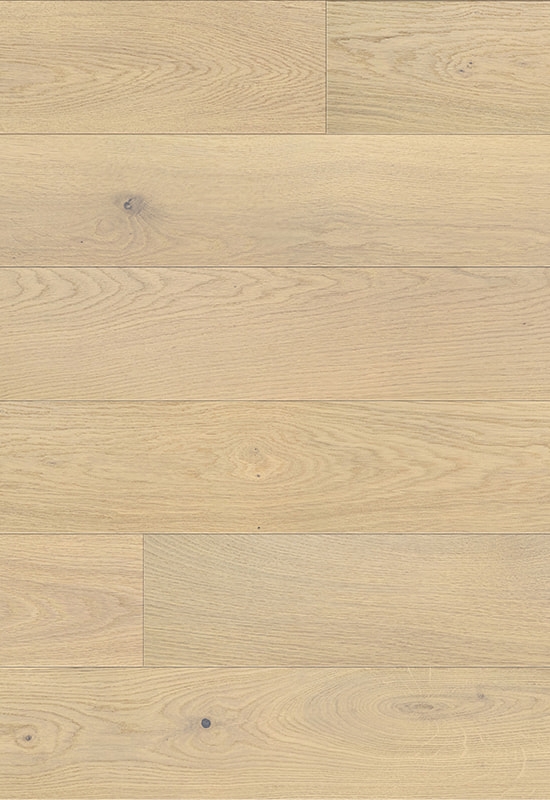
The way core layers are bonded also contributes to the final quality. Advanced adhesive technologies and precision pressing equipment are necessary to maintain the structural integrity of engineered wood flooring during production. Inadequate bonding can lead to delamination over time, which is especially problematic in larger-format planks or in installations over radiant heat systems. By investing in manufacturing consistency, Jesonwood ensures that each board is crafted to meet professional-grade expectations.
Understanding these internal design differences gives architects, designers, and procurement managers a clearer basis for decision-making. Engineered flooring isn't just a substitute for solid wood—it's a refined product with its own construction logic. Choosing the right core type allows buyers to tailor performance features such as acoustic dampening, load resistance, or flexibility in installation. This insight can be the difference between a good result and a long-term flooring investment that delivers real value.
As a manufacturer with years of hands-on experience in engineered wood flooring production and export, we’re always ready to help our partners make informed, confident choices. When performance, design, and reliability matter, the hidden strength of your flooring lies in what’s under the surface—and we make sure it’s built to last.


 English
English 中文简体
中文简体 Français
Français
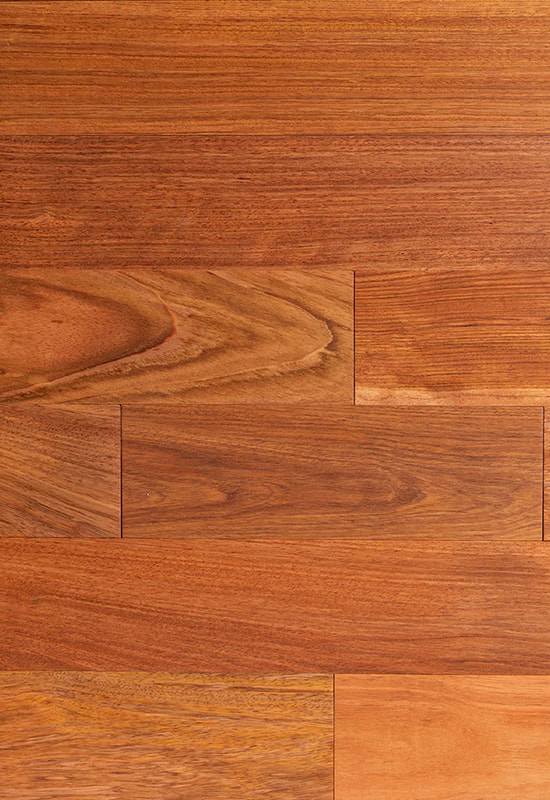
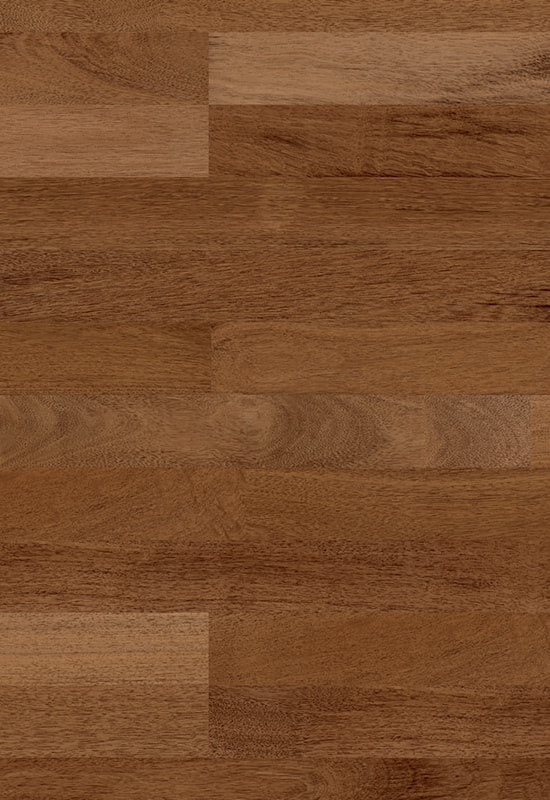
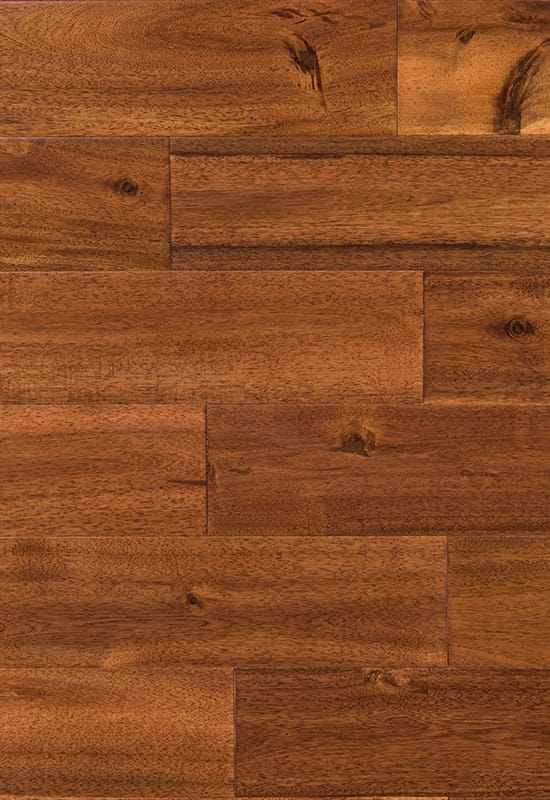
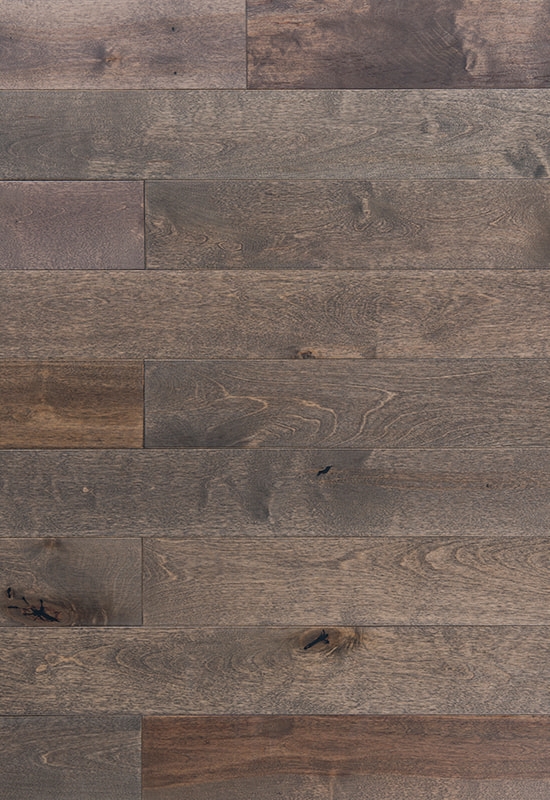
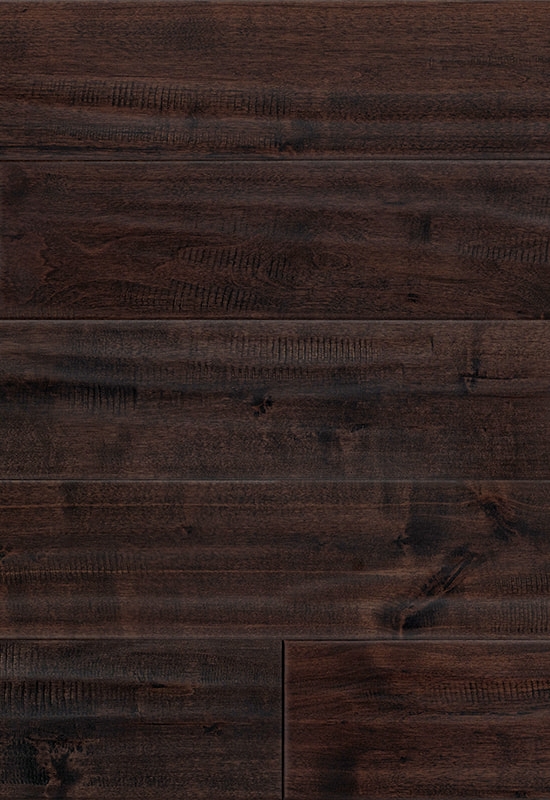
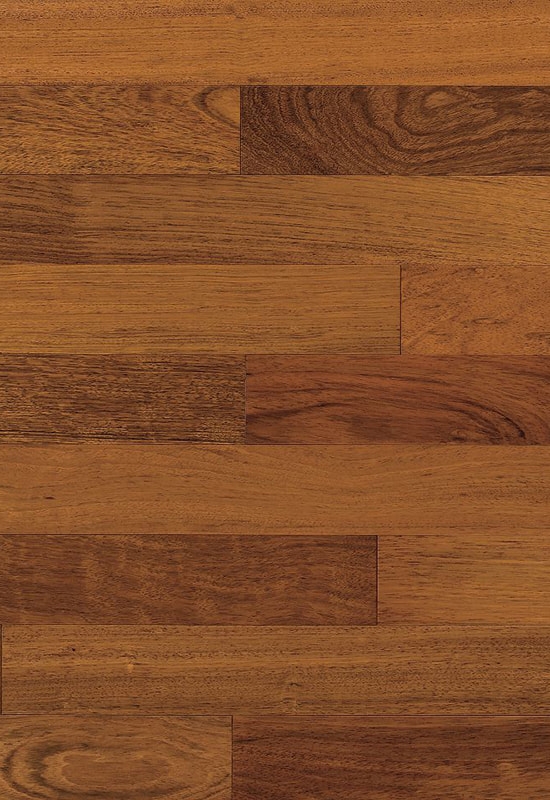
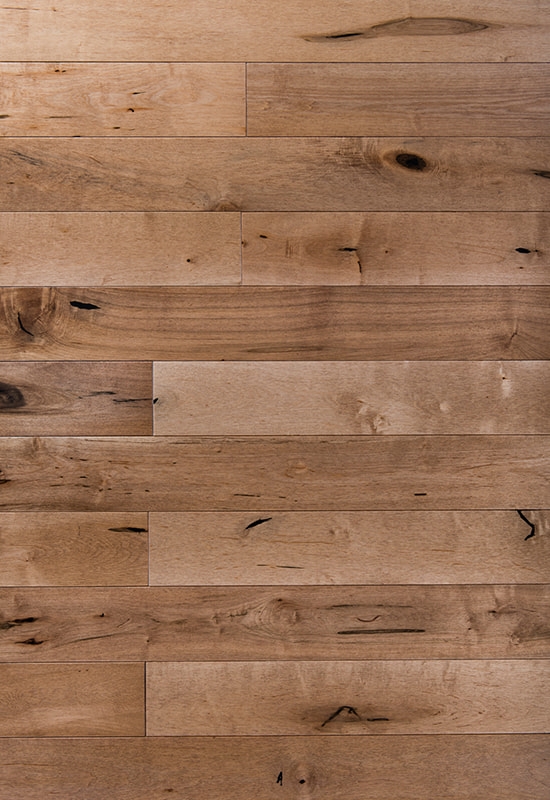
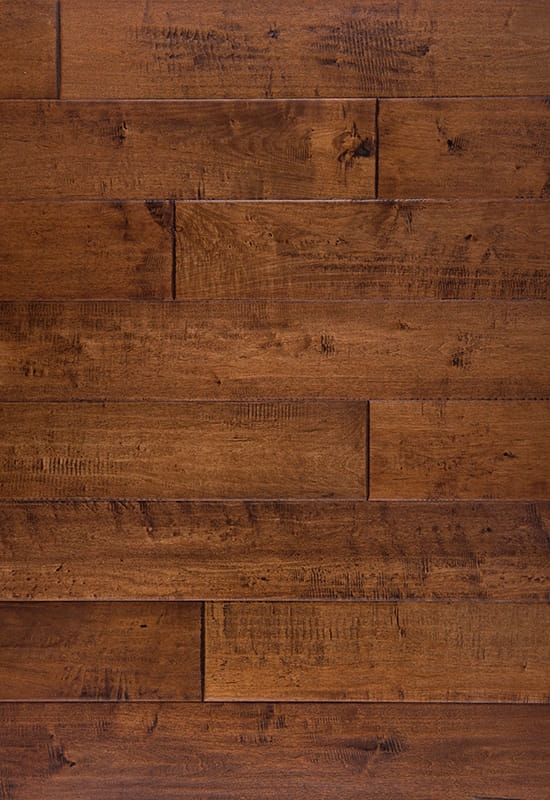
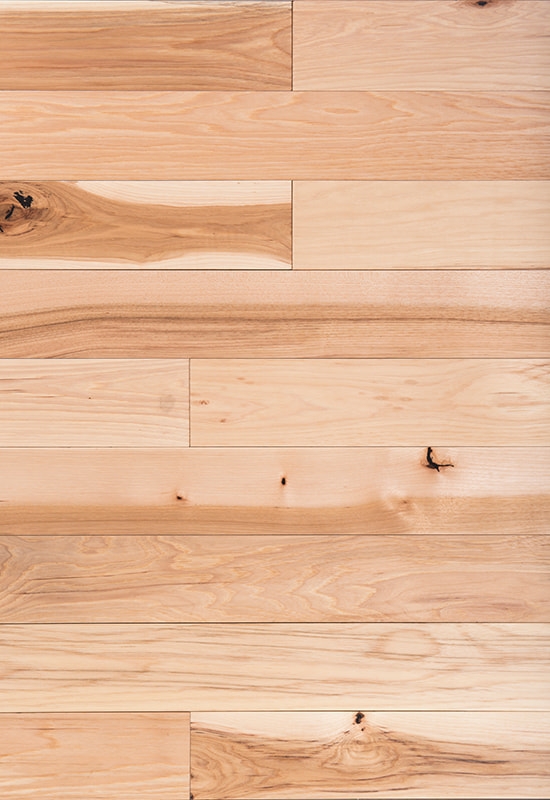
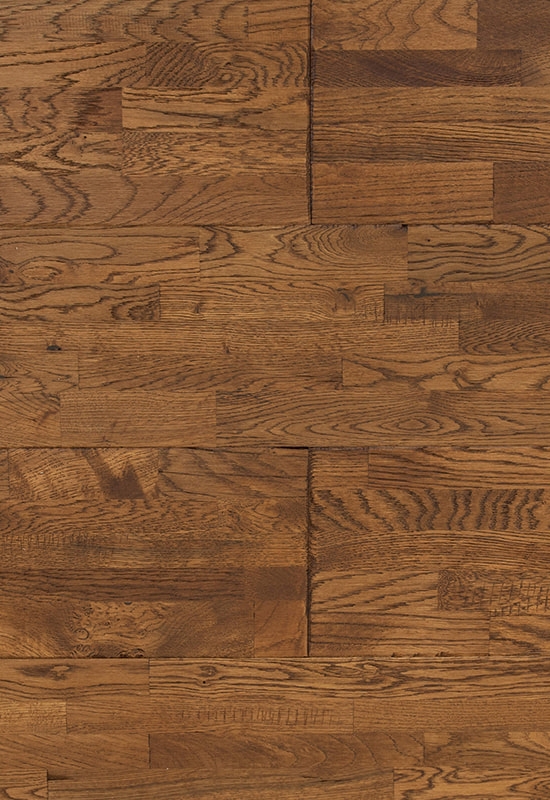
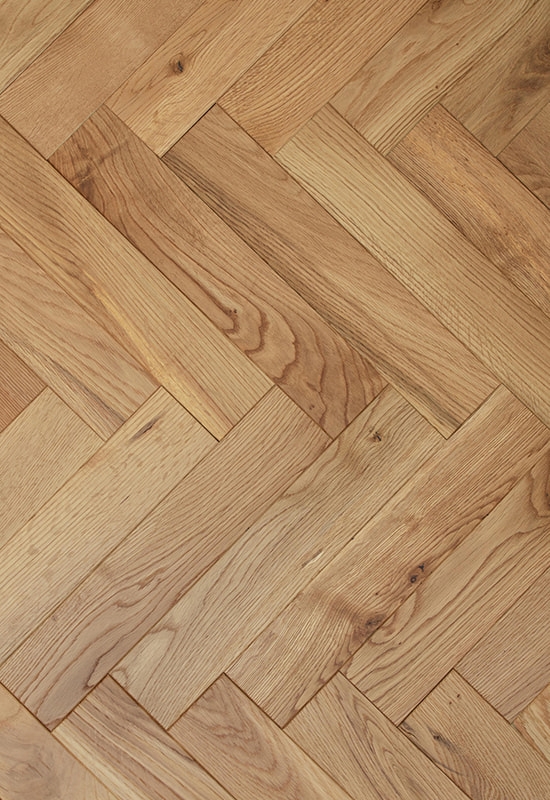
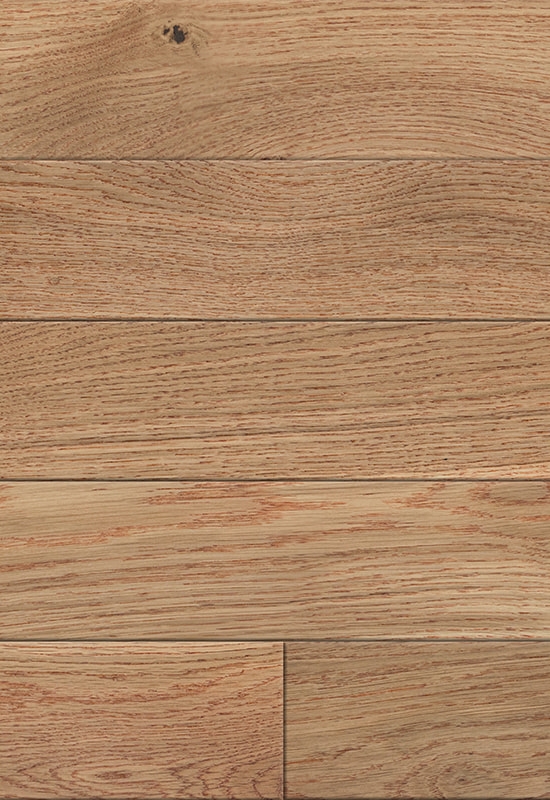

 +86-572-2118015
+86-572-2118015 No.598. Gaoxin Road, Huanzhu Industrial Zone, Huzhou City, Zhejiang Province, China, 313000
No.598. Gaoxin Road, Huanzhu Industrial Zone, Huzhou City, Zhejiang Province, China, 313000 